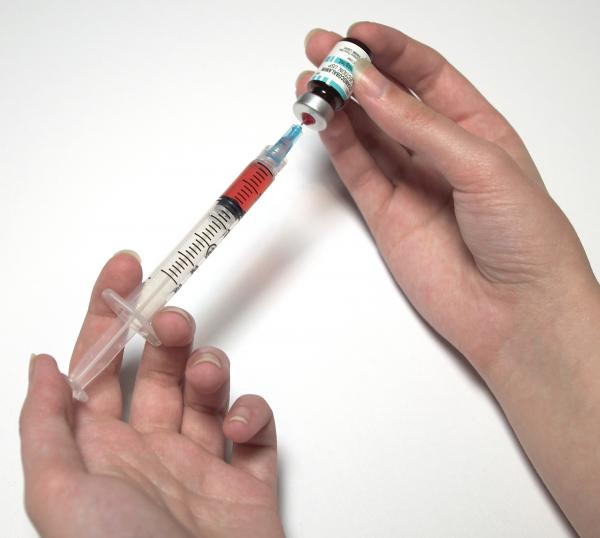
I have been spending a lot of time thinking about primary prevention recently and how do we talk about it in ways that are accessible to people who are not doing the work. I will often be in the community and hear someone say that a particular type of work is prevention, and it takes a moment for us to have a conversation about that. This blog exists as a resource to help people interested in the primary prevention of sexual violence, so it is important to reiterate a working definition of primary prevention. Primary prevention is about preventing sexual violence before it occurs; it involves programs and strategies that are designed to prevent first-time perpetrators as well as first-time victimization.
But, how do we get there? It is good to know that there are principles of effective prevention that can help guide our efforts to make sure that they are useful. This blog will serve as a place to discuss these principles and how they can be applied to our work. One of the principles of effective prevention is that you have to have sufficient dosage. So, what does that mean? I think about this like going to the doctor and getting a series of shots. Effective prevention works the same way. Our dosage has to be strong enough for the messaging to take hold. For example, if I am taking cold medicine, I have to make sure that I am following the directions to take it every four hours to ensure that I can treat my symptoms. If I take too little, then cough suppressants and fever reducers will not help me feel better. Similarly, if I wait too long to take my dose and the medicine leaves my system, then my symptoms can return. If I do not have enough medicine, I could have trouble falling asleep, making me less productive.
Prevention works the same way. Mentioning dosage in regards to prevention gets us away from interventions that are one time presentations. For example, would you have learned to drive a car well if there was no more direction than your first lesson? During my first driving lesson, my father looked at me quizzically and asked why I had my left foot on the brake pedal and my right foot on the gas pedal. With the assuredness of a teenager who did not know any better, I replied: "there are two, and I have two feet." Thank goodness I know better now because that is silly. People on the roads are glad that I got extra driving lessons, as I would have caused lots of accidents by accidentally braking and accelerating while panicked. We want to make sure that the subjects of our prevention efforts are not on the road like me during my first driving lesson, trying to drive with two feet. Primary prevention covers a lot of concepts, and progression, discussion, and repetition are vital for those concepts to take hold. Going back to the driving analogy, without the proper dosage, we would have horrid drivers using both feet on the brakes and acceleration. It would be a recipe for disaster.
Dosage is enormously important because we want our prevention messages to "saturate" rather than "sprinkle" our audiences. Single presentations are sprinkling our audiences when we know that multi-session curriculums on these topics saturate. We know that effective messaging is delivered over time with multiple exposures to not only increase knowledge but also teach folks to develop skills to put that knowledge into practice. That is the work. And that is how we make our work more effective.



